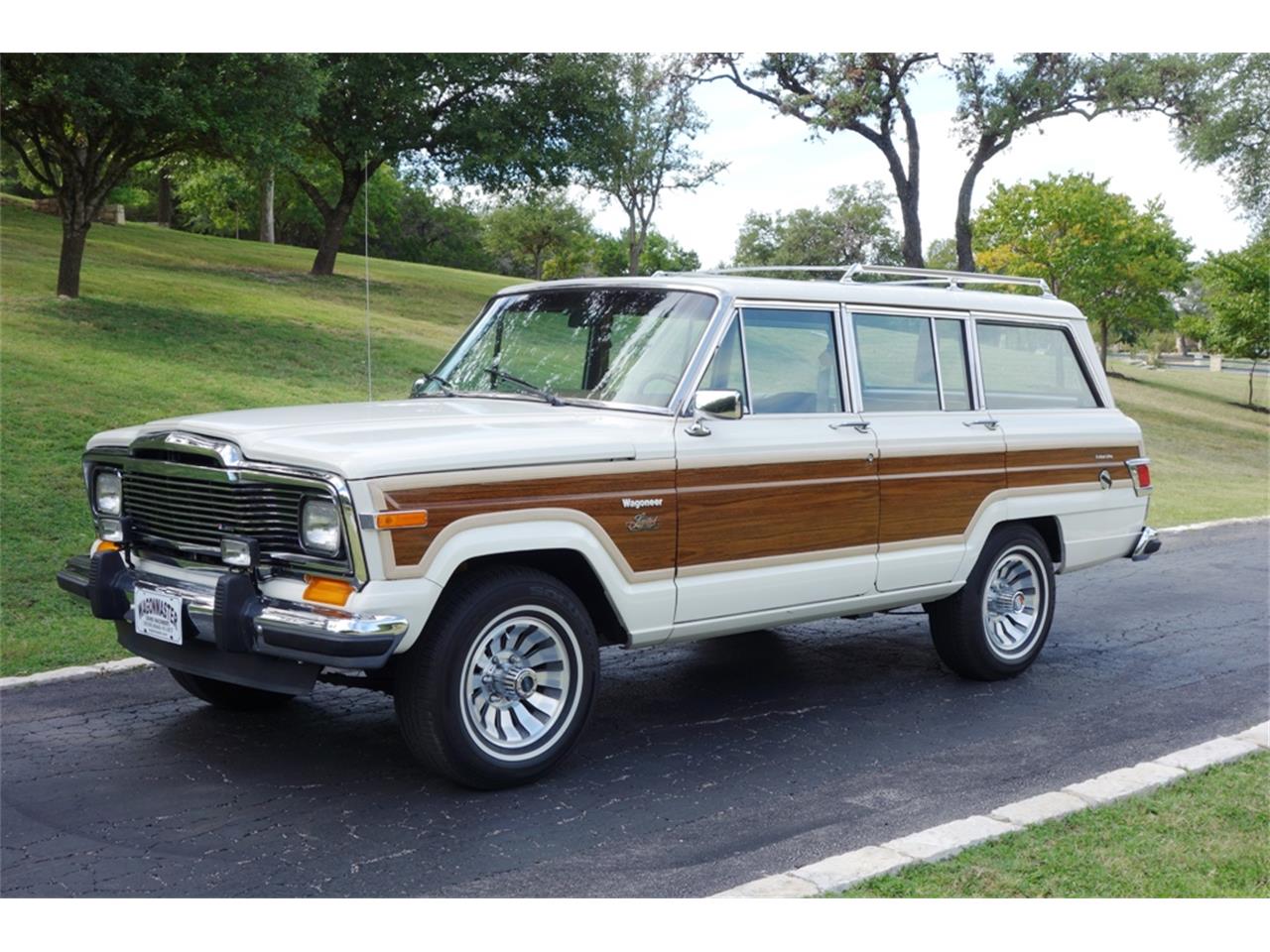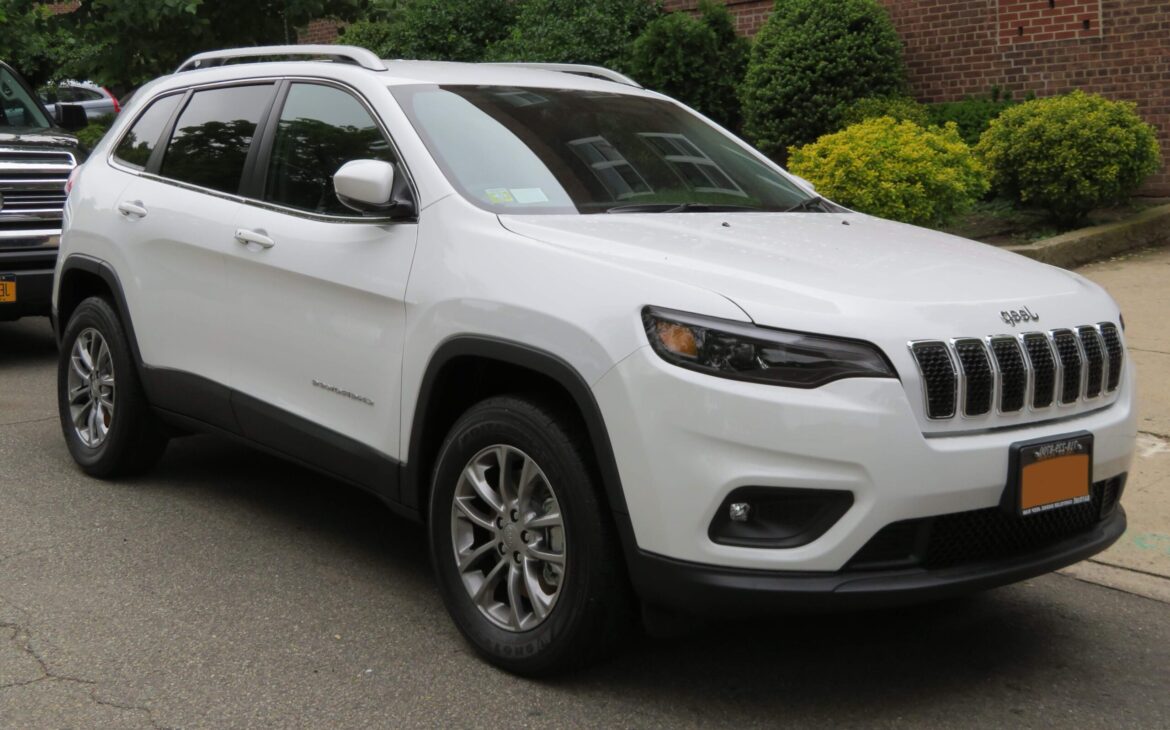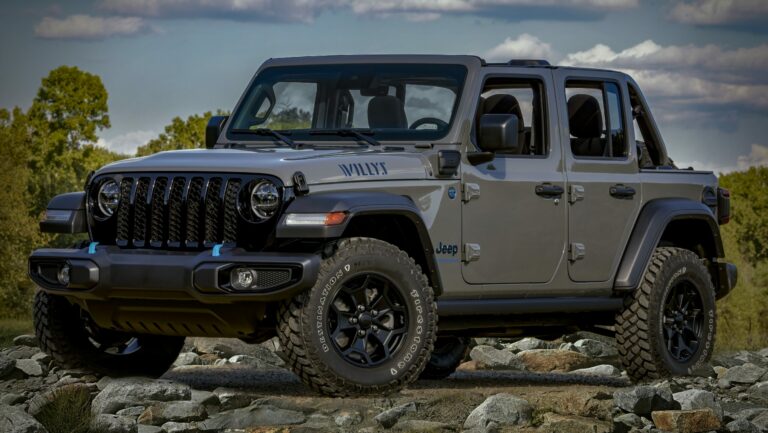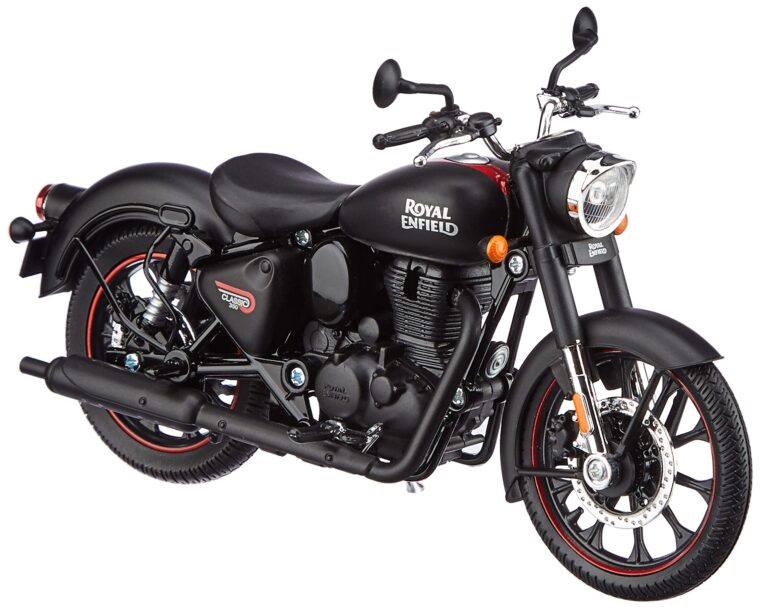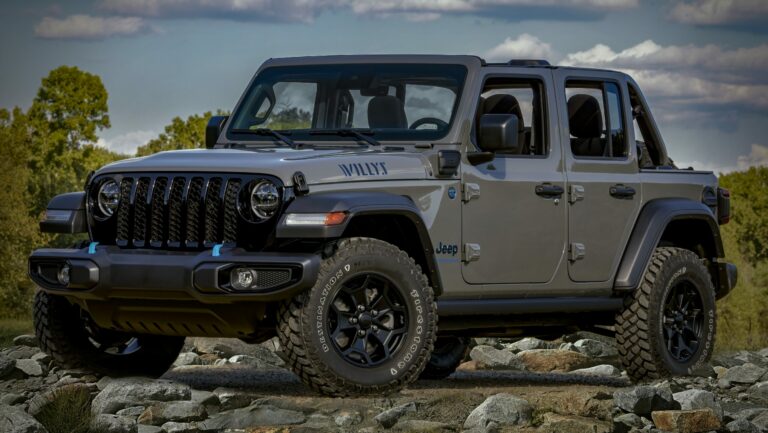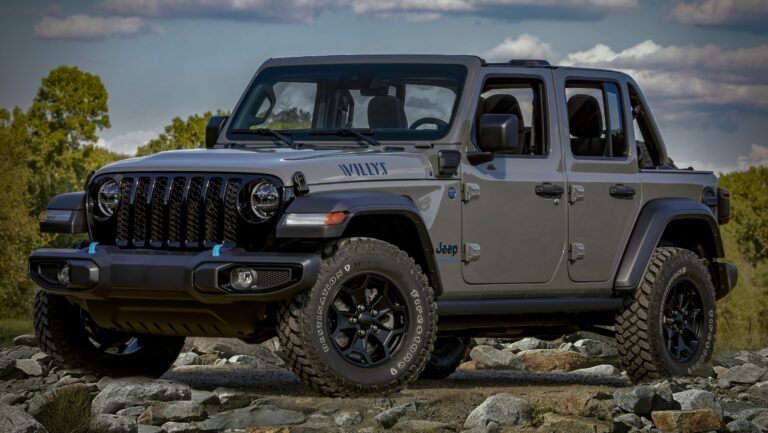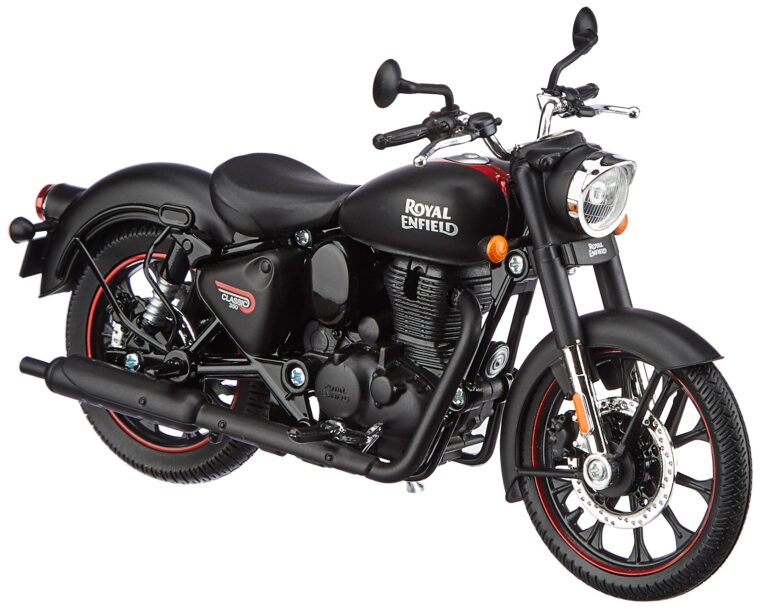Jeep Cherokee Vintage For Sale: Your Guide to Owning a Timeless Legend
Jeep Cherokee Vintage For Sale: Your Guide to Owning a Timeless Legend jeeps.truckstrend.com
The allure of a classic vehicle goes beyond mere transportation; it’s about heritage, character, and a connection to an era. Among the pantheon of beloved American automobiles, the vintage Jeep Cherokee holds a special, almost mythical, status. More than just an SUV, it represents a rugged spirit, unparalleled capability, and a design that has transcended trends. For those seeking adventure, a reliable workhorse, or simply a piece of automotive history, a vintage Jeep Cherokee for sale offers a compelling proposition.
This comprehensive guide delves into everything you need to know about acquiring one of these iconic machines, from understanding their enduring appeal to navigating the buying process, and maintaining your timeless legend.
Jeep Cherokee Vintage For Sale: Your Guide to Owning a Timeless Legend
The Enduring Appeal of the Vintage Jeep Cherokee
When we talk about "vintage Jeep Cherokee," the mind almost exclusively gravitates towards the XJ generation (1984-2001). While earlier full-size SJs (1974-1983) and the first generation Grand Cherokees (ZJ, 1993-1998) also hold vintage appeal, the compact, unibody XJ is the quintessential classic for many enthusiasts due to its perfect blend of size, capability, and timeless design.
What makes these vehicles so captivating, even decades after their production ceased?
- Iconic Design: The XJ Cherokee’s boxy, no-nonsense silhouette is instantly recognizable. It’s a design that prioritized function over fleeting trends, resulting in a look that remains fresh and purposeful.
- Legendary Durability: At the heart of most vintage XJs lies the AMC-derived 4.0-liter inline-six engine. Renowned for its bulletproof reliability and torque, this engine, properly maintained, can easily surpass 200,000 or even 300,000 miles. Paired with robust transmissions (AW4 automatic or AX-15 manual) and sturdy transfer cases (NP231/NP242), the drivetrain is a testament to over-engineering.
- Unrivaled Off-Road Prowess: Despite its unibody construction, the XJ Cherokee is a surprisingly capable off-roader. Its compact dimensions, short overhangs, and solid axles (front Dana 30, rear Dana 35/Chrysler 8.25) make it highly maneuverable on trails. The aftermarket support for off-road modifications is vast, allowing owners to transform them into formidable trail rigs.
- Simplicity and Maintainability: Unlike modern SUVs laden with complex electronics, the vintage Cherokee is relatively simple. This makes them easier and often cheaper to diagnose and repair for the DIY enthusiast. Parts are readily available and affordable, contributing to their enduring popularity.
- Strong Community: Owning a vintage Jeep Cherokee connects you to a passionate and supportive global community. Online forums, local clubs, and social media groups offer a wealth of knowledge, advice, and camaraderie.

What to Look For When Buying a Vintage Jeep Cherokee
Purchasing a vintage vehicle, especially one designed for rugged use, requires a keen eye and a thorough inspection. Here are the critical areas to examine when considering a vintage Jeep Cherokee for sale:
- Rust: This is often the biggest killer of vintage Cherokees. Inspect the frame rails (especially near the front control arm mounts), floorboards, rocker panels, rear quarter panels, and the area around the rear leaf spring mounts. Surface rust is manageable, but extensive structural rust is a major red flag.
- Engine (4.0L I6): While robust, check for common issues:
- Oil Leaks: Valve cover, oil filter adapter, rear main seal are common culprits. Minor leaks might be tolerable, but significant leaks indicate neglect.
- Cooling System: Overheating is a known issue. Check the radiator, water pump, thermostat, and fan clutch. Look for coolant leaks and murky coolant.
- Exhaust Manifold Cracks: A common issue, often manifesting as a ticking noise. Easily replaceable.
- Head Cracks (pre-1999 0331 casting): Less common than widely believed, but can occur, leading to coolant loss. A post-1999 "TUPY" head or a replacement 0331 head is preferred.

- Transmission (AW4 Automatic / AX-15 Manual):
- AW4: Check fluid color (should be red, not brown or black) and smell (not burnt). Test shifting through all gears, including reverse, ensuring smooth engagement.
- AX-15: Listen for grinding, especially when shifting into 1st or 2nd. Check clutch engagement and feel.
- Transfer Case (NP231 / NP242): Engage 4WD high and low. Listen for clunks, grinding, or inability to engage. The NP242 offers a "full-time" 4WD option, which is desirable for on-road use in varying conditions.
- Suspension and Steering:
- Saggy Rear Leaf Springs: Very common, leading to a "squatted" appearance. Easily replaced or augmented.
- Worn Bushings: Listen for squeaks or clunks over bumps.
- Steering Play: Check for excessive play in the steering wheel. This could indicate worn tie rod ends, ball joints, or a tired steering box.
- Death Wobble: A violent shaking of the front end at speed, usually due to worn steering components. A deal-breaker if not addressed.
- Electrical System: Test all lights, power windows (notorious for slow operation), gauges, HVAC controls, and wipers.
- Interior: Check for torn seats, damaged headliner, cracked dashboard (common), and missing trim pieces.
- Paperwork: Ensure the title is clean and matches the VIN. Ask for any maintenance records available.

Types and Categories: Deciphering the Vintage Cherokee Lineup
While the XJ dominates the vintage market, it’s worth knowing the broader Cherokee family:
- SJ Cherokee (1974-1983): The original full-size Cherokee, often associated with the "Cherokee Chief" and sharing lineage with the Wagoneer. These are rarer, more classic collector items, typically featuring AMC V8 engines. They offer a distinct, retro charm but are larger and less nimble than the XJ.
- XJ Cherokee (1984-2001): The star of our show. Available in 2-door and 4-door configurations. Early models (pre-1991) had Renix fuel injection and different interiors. The most sought-after are 1991-2001 models with the High Output (HO) 4.0L engine. Trim levels included Pioneer, Laredo, Limited, Sport, and Country, each offering varying levels of comfort and features.
- ZJ Grand Cherokee (1993-1998): While technically a separate model line, the first-generation Grand Cherokee is often grouped with vintage Jeeps due to its age and similar era of production. More refined and luxurious than the XJ, it offered V8 engine options and a more comfortable ride, but is generally less favored for extreme off-roading by purists.
Within the XJ category, you’ll find:
- Stock Daily Drivers: Well-preserved examples that can serve as reliable transportation.
- Mildly Modified: Often featuring a modest lift, larger tires, and aftermarket bumpers, suitable for light to moderate off-roading.
- Heavily Modified Off-Road Rigs: These are purpose-built for serious trails, with extensive suspension modifications, axle upgrades, and protective armor. Be wary of poorly executed modifications.
- Restored/Show Quality: Rare and command premium prices, often looking better than new.
- Project Vehicles: Cheaper, but require significant work and investment.
The Buying Process: A Step-by-Step Guide
- Define Your Needs and Budget: Are you looking for a daily driver, a weekend trail rig, or a restoration project? How much are you willing to spend on the purchase, and how much can you allocate for immediate repairs and future maintenance?
- Research the Market: Browse online marketplaces (Craigslist, Facebook Marketplace, eBay Motors), dedicated Jeep forums, and classic car dealer websites. Pay attention to pricing trends for different conditions, mileages, and model years.
- Initial Contact: Ask specific questions about the vehicle’s history, known issues, recent maintenance, and why it’s being sold. Request additional photos or videos if the listing is sparse.
- In-Person Inspection: Never buy sight unseen. Follow the "What to Look For" guide above. Bring a flashlight, a magnet (to detect body filler), and even a mechanic if you’re not confident in your own assessment.
- Test Drive:
- Start cold and listen for strange noises.
- Check all lights, gauges, and HVAC.
- Test brakes (straight stopping, no pulling).
- Check steering (no excessive play, smooth turns).
- Engage 4WD (both high and low range) in a safe, unpaved area. Listen for binding or clunking.
- Drive at various speeds to check for vibrations, rattles, or other anomalies.
- Pre-Purchase Inspection (PPI): This is highly recommended, especially for significant purchases. Take the vehicle to an independent mechanic specializing in Jeeps or 4x4s. Their objective assessment can uncover hidden problems and provide leverage for negotiation.
- Negotiation: Based on your inspection and any issues found, be prepared to negotiate the price. Have a clear idea of what the vehicle is worth to you. Don’t be afraid to walk away if the seller is unreasonable or if the vehicle has too many red flags.
- Paperwork and Payment: Ensure the title is clear and signed correctly. Arrange for payment securely. Verify the VIN on the title matches the vehicle.
Ownership & Maintenance: Keeping Your Vintage Cherokee Running Strong
Owning a vintage Jeep Cherokee is a rewarding experience, but it does come with responsibilities. Proactive maintenance is key to longevity.
- Routine Fluid Checks: Regularly check engine oil, transmission fluid, transfer case fluid, differential fluids, power steering fluid, and brake fluid.
- Cooling System Vigilance: This is paramount for XJs. Flush the coolant every 2-3 years, inspect hoses, radiator, water pump, and fan clutch. Consider upgrading to a 3-row radiator and a high-flow water pump if you live in a hot climate or plan on heavy off-roading.
- Grease Zerk Fittings: Lubricate universal joints, steering components, and other grease points regularly.
- Suspension and Steering: Monitor for worn bushings, ball joints, and tie rod ends. Address saggy leaf springs as they can affect ride quality and handling.
- Rust Prevention: Wash the undercarriage regularly, especially if you drive on salted roads. Address any new rust spots promptly.
- Parts Availability: Fortunately, parts for the XJ Cherokee are abundant and relatively inexpensive, both new aftermarket and used OEM. This makes repairs and upgrades very manageable.
- Community Resources: Leverage the vast online community (forums like JeepForum, NAXJA, CherokeeForum, and various Facebook groups) for advice, troubleshooting, and how-to guides.
Challenges and Rewards of Vintage Cherokee Ownership
Challenges:
- Rust: The perennial enemy, requiring diligent inspection and ongoing prevention.
- Aging Components: While reliable, parts do wear out. Be prepared for routine replacements of hoses, belts, sensors, and seals.
- Fuel Economy: Not a strong suit. Expect 15-20 MPG on average for a 4.0L XJ, depending on modifications and driving style.
- Comfort: While rugged, they lack the plushness of modern SUVs. Road noise and ride quality are more utilitarian.
- Finding a Pristine Example: Unmolested, rust-free, low-mileage Cherokees are becoming increasingly rare and expensive.
Rewards:
- Reliability: With proper maintenance, these vehicles are incredibly dependable.
- Go-Anywhere Capability: Few vehicles offer the same blend of on-road manners and off-road prowess in such a compact package.
- Unique Character: They stand out in a sea of modern, homogenized SUVs.
- Strong Community: A welcoming and helpful network of fellow enthusiasts.
- Customization Potential: A blank canvas for modifications, whether for off-roading, overland travel, or just personal expression.
- Potential for Appreciation: Well-maintained examples are slowly increasing in value, especially the desirable 2-door models.
Vintage Jeep Cherokee For Sale: Estimated Price Guide
It’s crucial to understand that prices for vintage Jeep Cherokees vary significantly based on location, condition, mileage, modifications, and market demand. This table provides a general estimate for XJ models (1984-2001) which are the most common "vintage for sale" Cherokees. Earlier SJs and ZJs typically have their own distinct pricing tiers.
| Model Year Range | Condition Category | Description | Estimated Price Range (USD) |
|---|---|---|---|
| 1984-2001 (XJ) | Project / Poor | Significant rust, major mechanical issues, non-running, salvage title, or heavily neglected. Requires substantial work. | $500 – $2,500 |
| Fair / Driver | Runs and drives, but has visible rust, minor mechanical issues (leaks, worn suspension), cosmetic flaws, high mileage. Needs TLC but is functional. | $2,500 – $6,000 | |
| Good / Well-Maintained | Minimal rust, few to no major mechanical issues, decent interior/exterior, regular maintenance history, moderate mileage (150k-250k). Ready for daily driving or light trails. | $6,000 – $12,000 | |
| Excellent / Restored | Near-mint condition, rust-free, low mileage (under 150k), recent extensive maintenance or restoration, desirable trim/features. May be lightly modified. | $12,000 – $25,000+ | |
| Show Quality / Rare | Concours-level restoration, pristine original examples, rare 2-door models, specific highly sought-after years. | $25,000 – $40,000+ |
Note: Prices can be higher for heavily modified, expertly built off-road rigs or those with rare options (e.g., manual transmission, specific trim packages).
Frequently Asked Questions (FAQ) about Vintage Jeep Cherokee For Sale
Q1: Is a vintage Jeep Cherokee a good daily driver?
A1: Yes, particularly the 4.0L XJ models, they can be excellent daily drivers if well-maintained. They are reliable, relatively economical to repair, and offer a comfortable-enough ride. However, expect less refinement and poorer fuel economy than modern vehicles.
Q2: What’s the best engine for an XJ?
A2: The 4.0-liter inline-six (I6) engine is universally considered the best due to its legendary reliability, ample torque, and longevity. Look for the "High Output" (HO) version (1991-2001) for slightly more power.
Q3: Are parts hard to find for vintage Cherokees?
A3: For the XJ generation (1984-2001), parts are incredibly easy to find. The aftermarket is robust, and many OEM parts are still available or reproduced. This is a major advantage over many other vintage vehicles.
Q4: How much does it cost to maintain an old Cherokee?
A4: Maintenance costs can vary. If you buy a well-maintained example and do some DIY work, they are very affordable. Expect annual costs similar to a used car, plus potential for larger repairs (e.g., suspension overhaul, cooling system refresh) if the vehicle hasn’t been properly cared for. Budgeting an extra $500-$1000/year for unexpected repairs or preventative maintenance is wise.
Q5: What’s the biggest issue to watch out for when buying?
A5: Rust, especially structural rust on the frame rails, rocker panels, and floorboards, is the most critical issue. Engine overheating issues (often due to neglected cooling systems) are also common.
Q6: Should I buy a modified or a stock one?
A6: It depends on your intentions. For a daily driver or light trails, a stock or mildly modified one is often best, as you can ensure the modifications were done correctly. Heavily modified rigs can be great, but ensure the work was done by a reputable shop or skilled enthusiast, as poor modifications can lead to more problems than they solve.
Conclusion
The vintage Jeep Cherokee, particularly the venerable XJ, remains an incredibly compelling choice for anyone seeking a capable, characterful, and surprisingly practical classic SUV. Its blend of rugged simplicity, legendary durability, and iconic design has cemented its place in automotive history. While buying one requires careful inspection and a commitment to ongoing maintenance, the rewards of owning a piece of this timeless legend are immense.
Whether you’re hitting the trails, cruising city streets, or simply appreciating its classic lines, a vintage Jeep Cherokee offers an experience that modern vehicles simply can’t replicate. With the right research and a thorough approach, you can find a dependable and rewarding companion that will bring joy for years to come.
